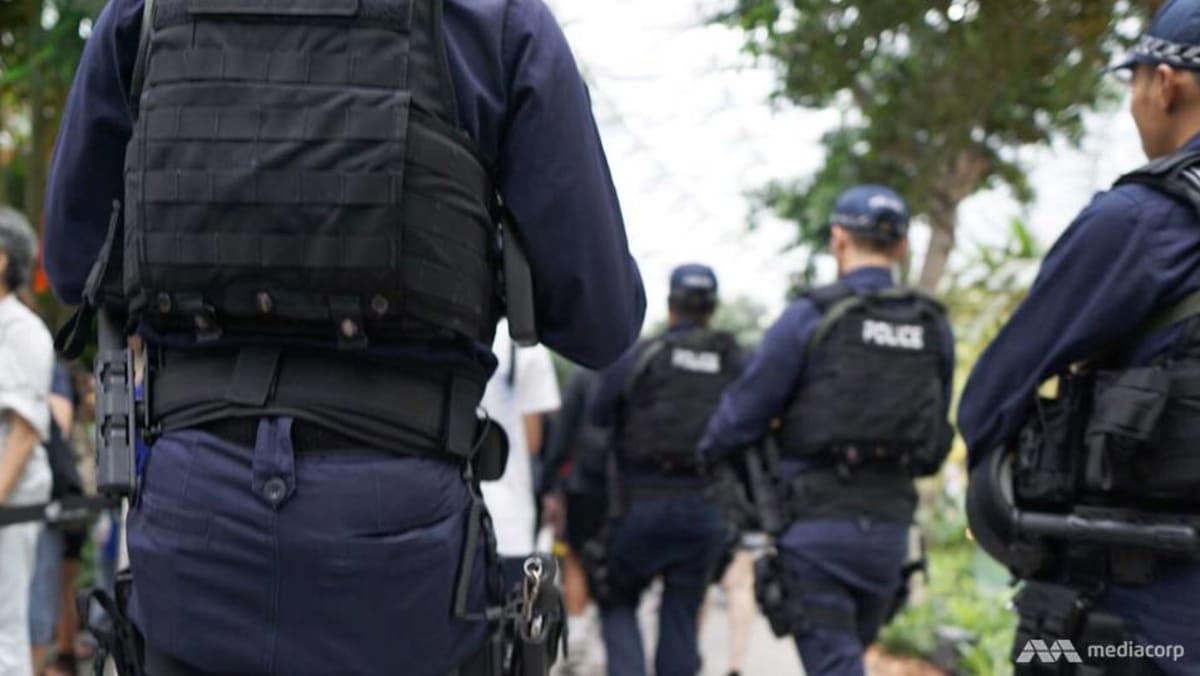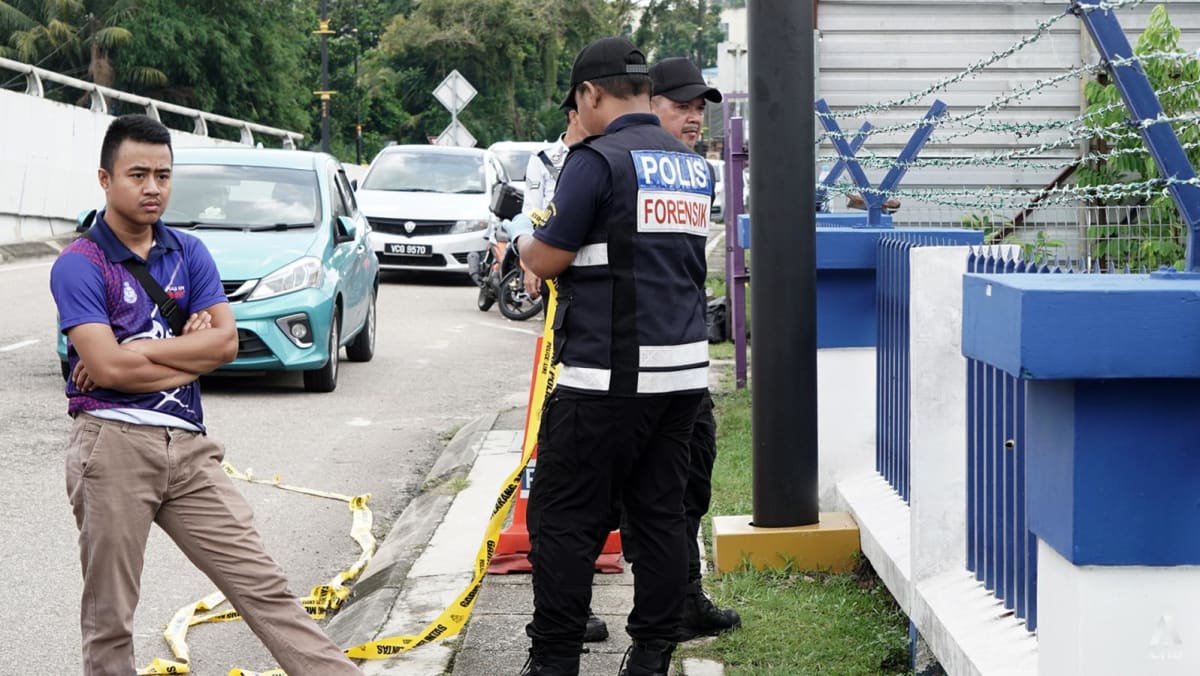TIMELINE FOR TESTING IS “REASONABLE”
Dr Janil said what MOH can do is related to regulation and facilitation.
“The ministry will be supervising the proper completion of further tests in the affected tanks, to achieve a high level of confidence in the findings,” he said.
The testing will take another year to complete due to sample sizes and testing capacity.
Addressing a question on whether the testing can be sped up, Dr Janil said the timeline takes various operational factors into consideration, including rectification measures that Cordlife has been asked to put in place to reduce the chance of “warming events”.
MOH will try to minimise the time taken, but maintain the quality of the findings, he said.
Retrieving and testing have to be done very carefully to avoid invalidating the potency of the sample when trying to establish the potency of the cord blood unit.
“For all of these reasons, and then subsequently the assessment and review of the results, it does appear that the one-year timeline is reasonable,” said Dr Janil.
“We understand the need … to expedite this and reassure people as fast as possible, but I think it’s important that when the process is complete, that all who are involved have confidence in the findings from the process.”
The ministry also said it will closely monitor the company’s communication with its customers and the public, and its progress in addressing deficiencies and making improvements.
It will direct Cordlife to properly validate and implement its new temperature monitoring system, revalidate its processing method for cord blood units and improve staff training and supervision of operations.
Singapore Cord Blood Bank, Stemcord and Cryoviva are able and willing to help parents transfer their cord blood units from Cordlife if they wish to do so, though they each have specific conditions that must be met.
“They will only accept cord blood units that are demonstrated to be still viable, and the receiving cord blood banks are unlikely able to guarantee the viability of cord blood units that are then transferred from Cordlife.
“So there is some risk to the customer, the parents, associated with making the choice for this transfer, and it will also take some time. It’s not a small decision to be taken lightly.”
Dr Janil urged parents to “carefully consider” the risks, because of the logistical complexity of making a physical transfer at sub-zero temperatures, especially when the cord blood is not ascertained to be impacted.
Five tanks at Cordlife, containing about 14,000 cord blood units, have been assessed to be at low-risk of being affected.














